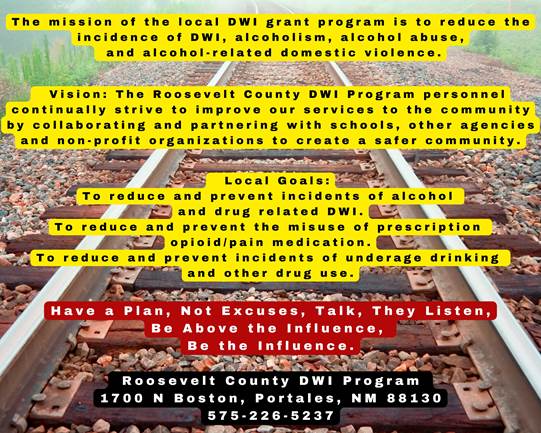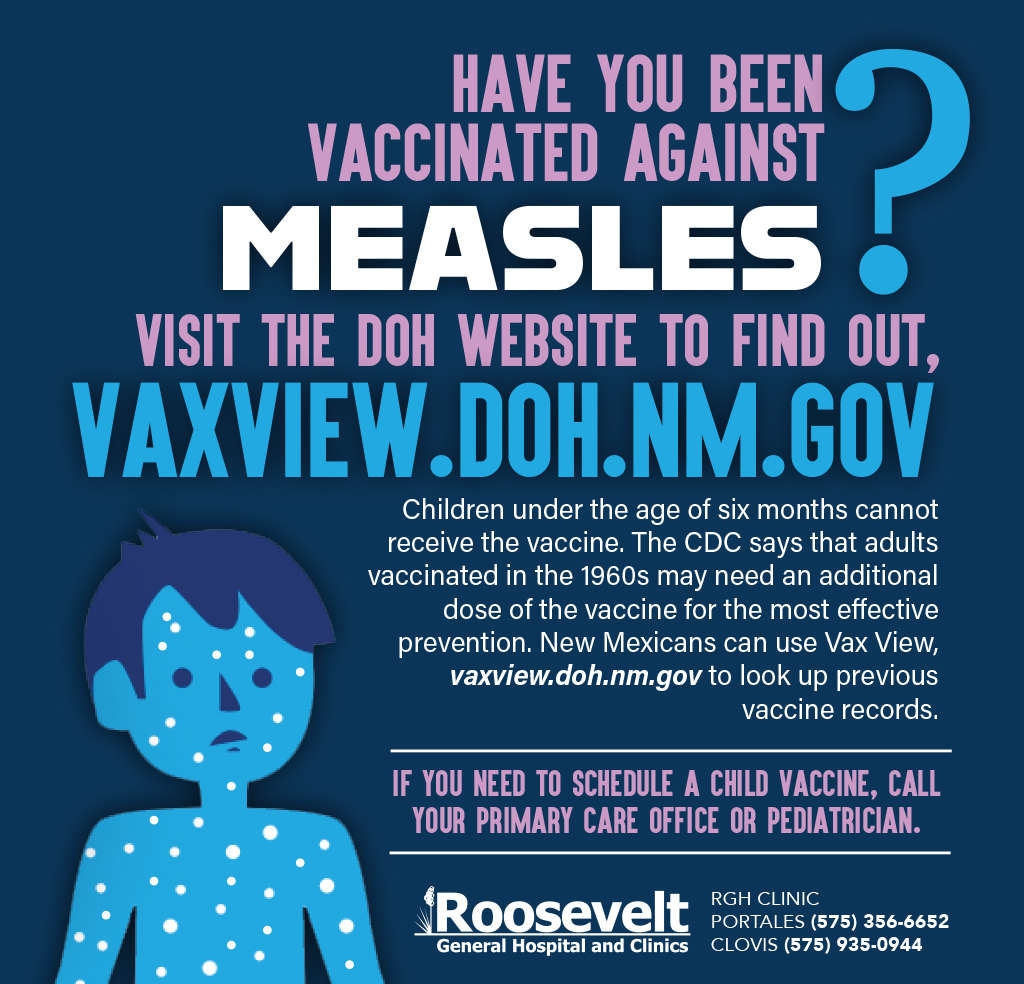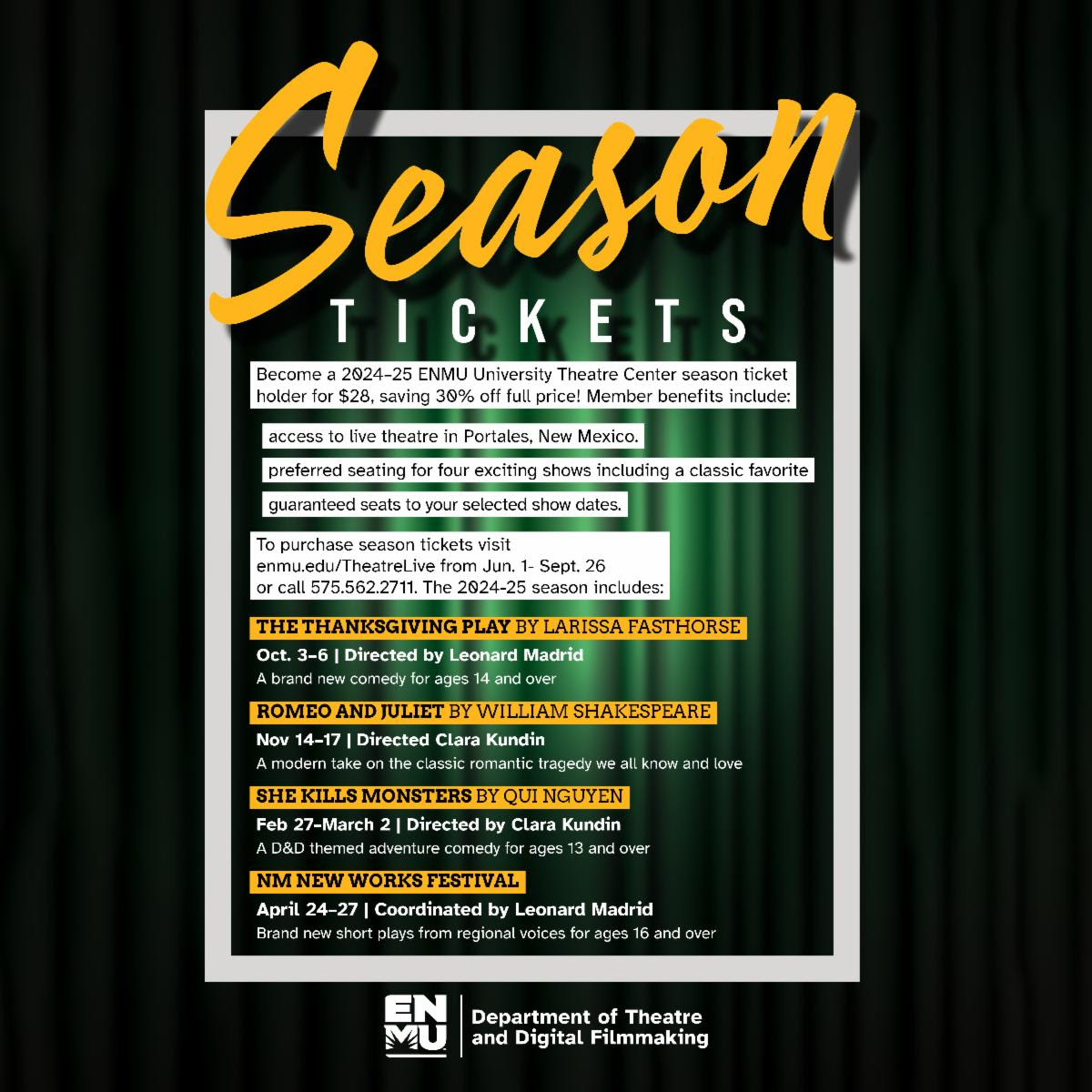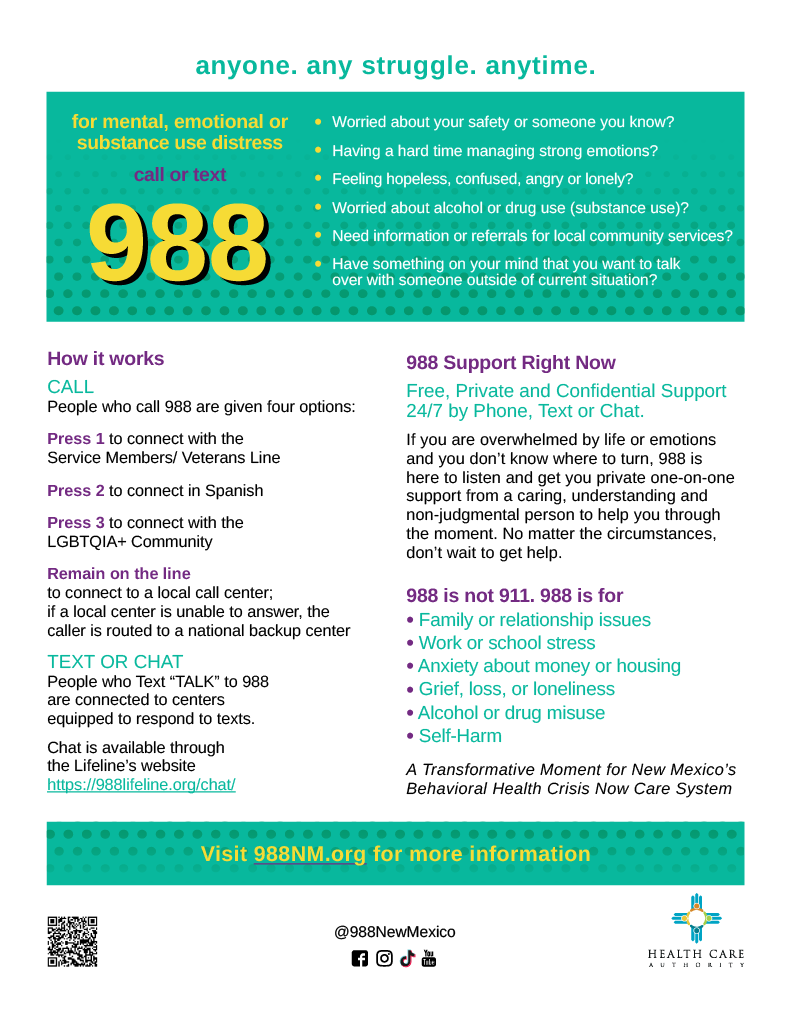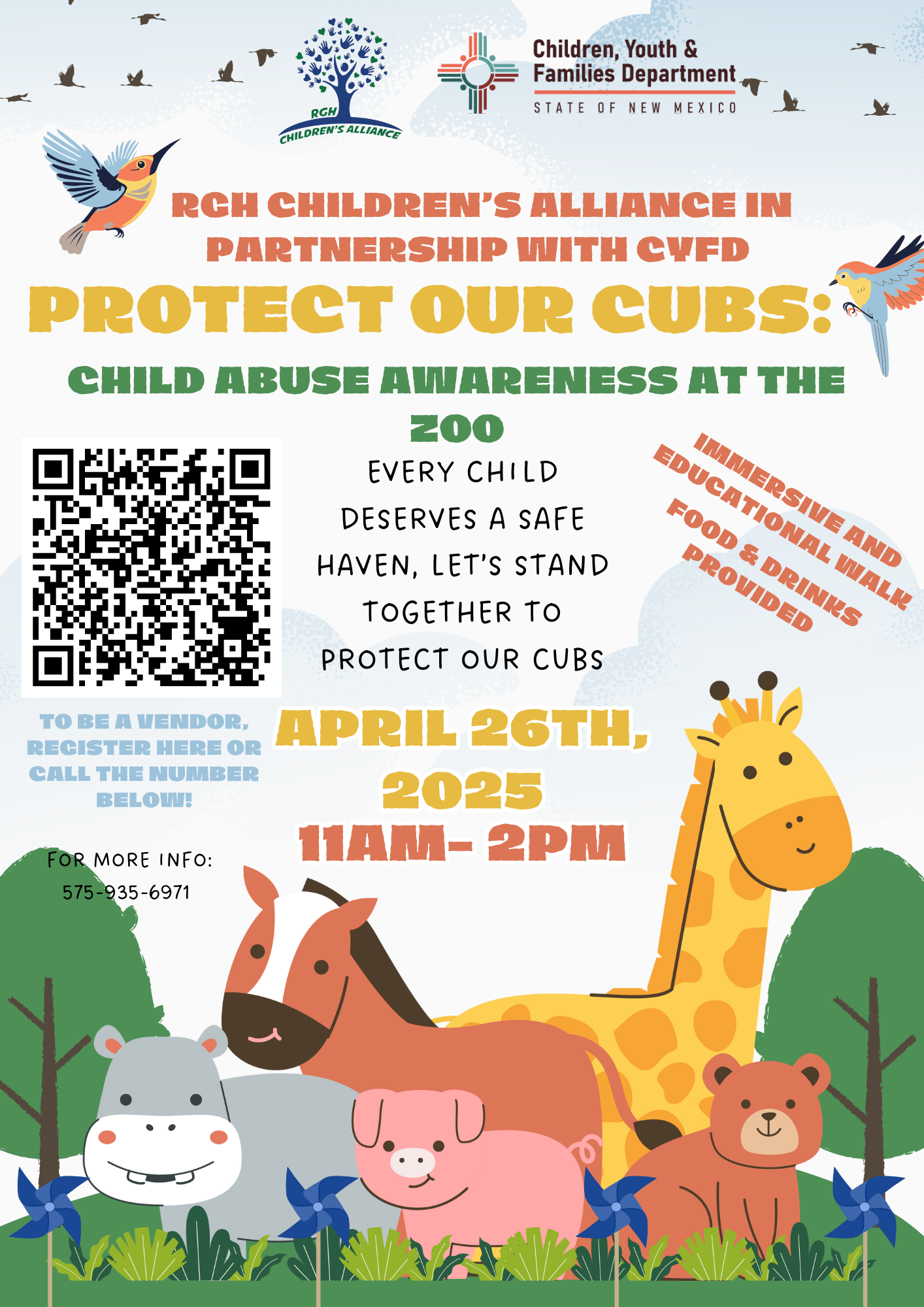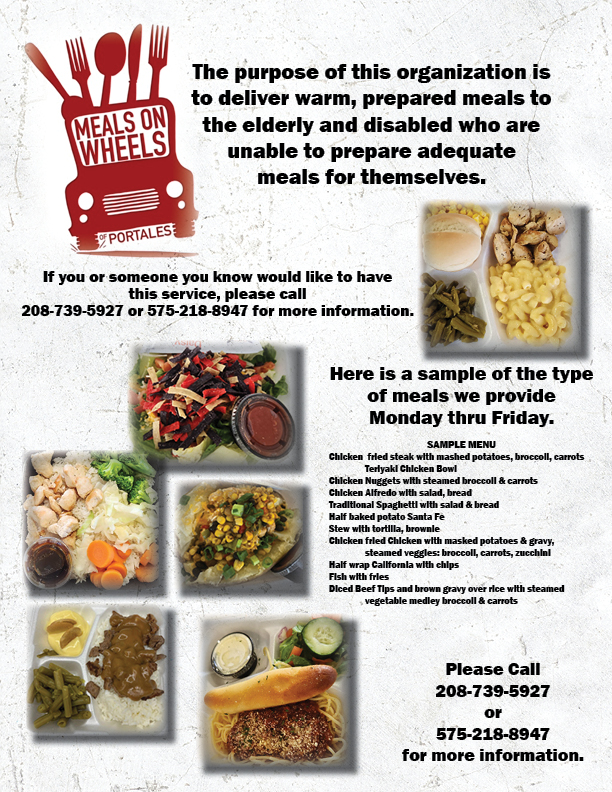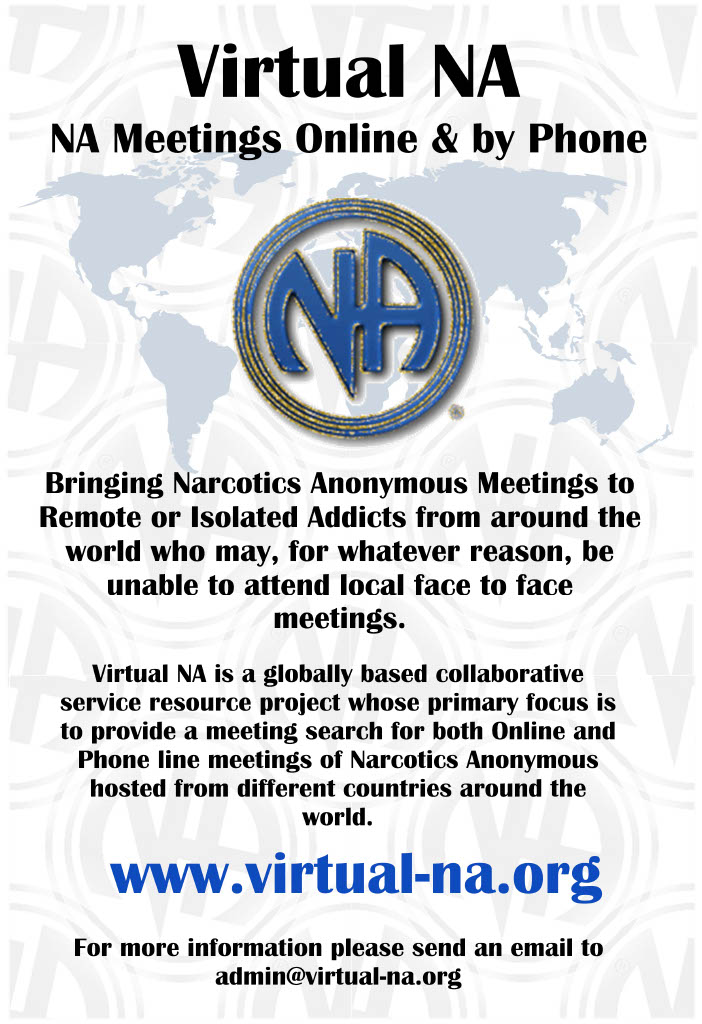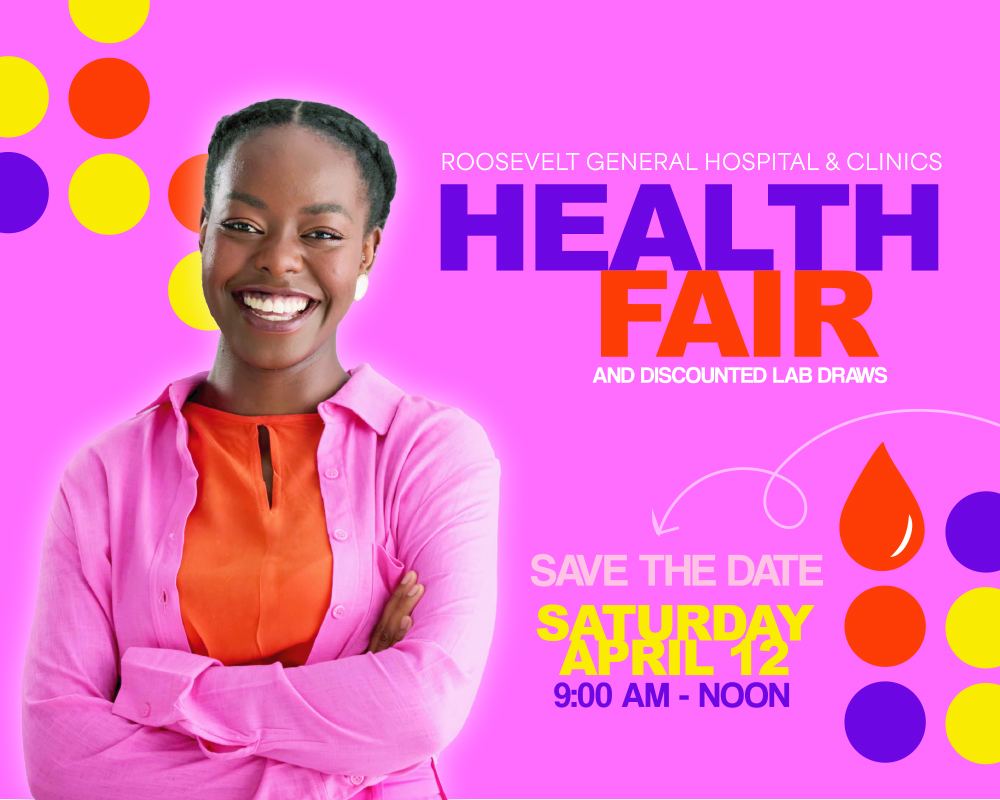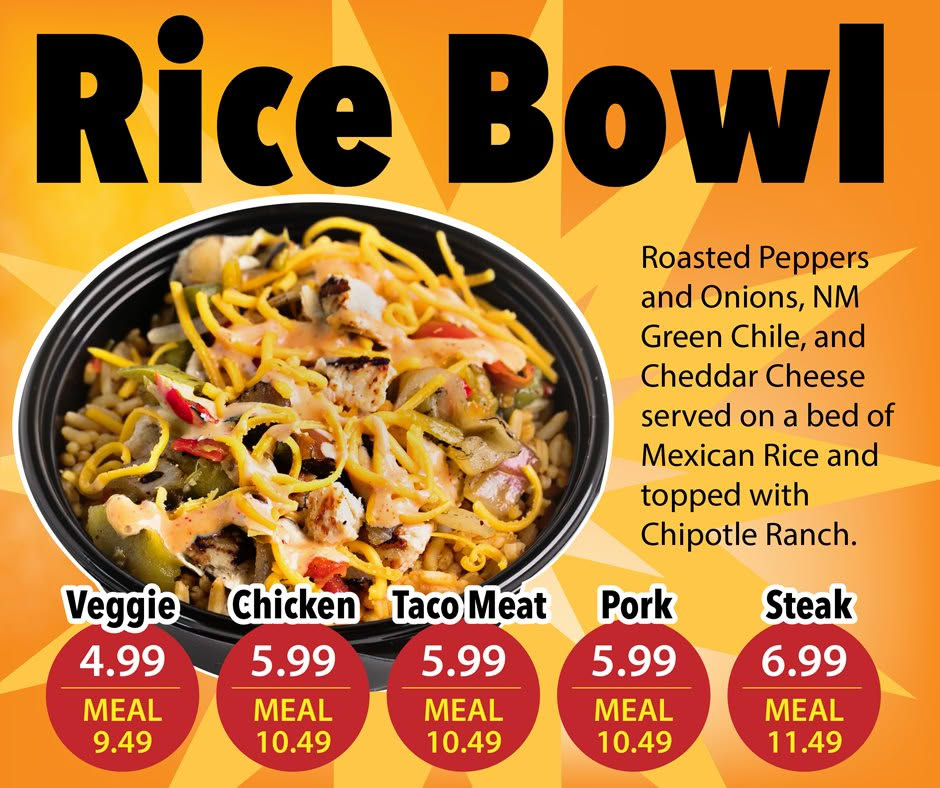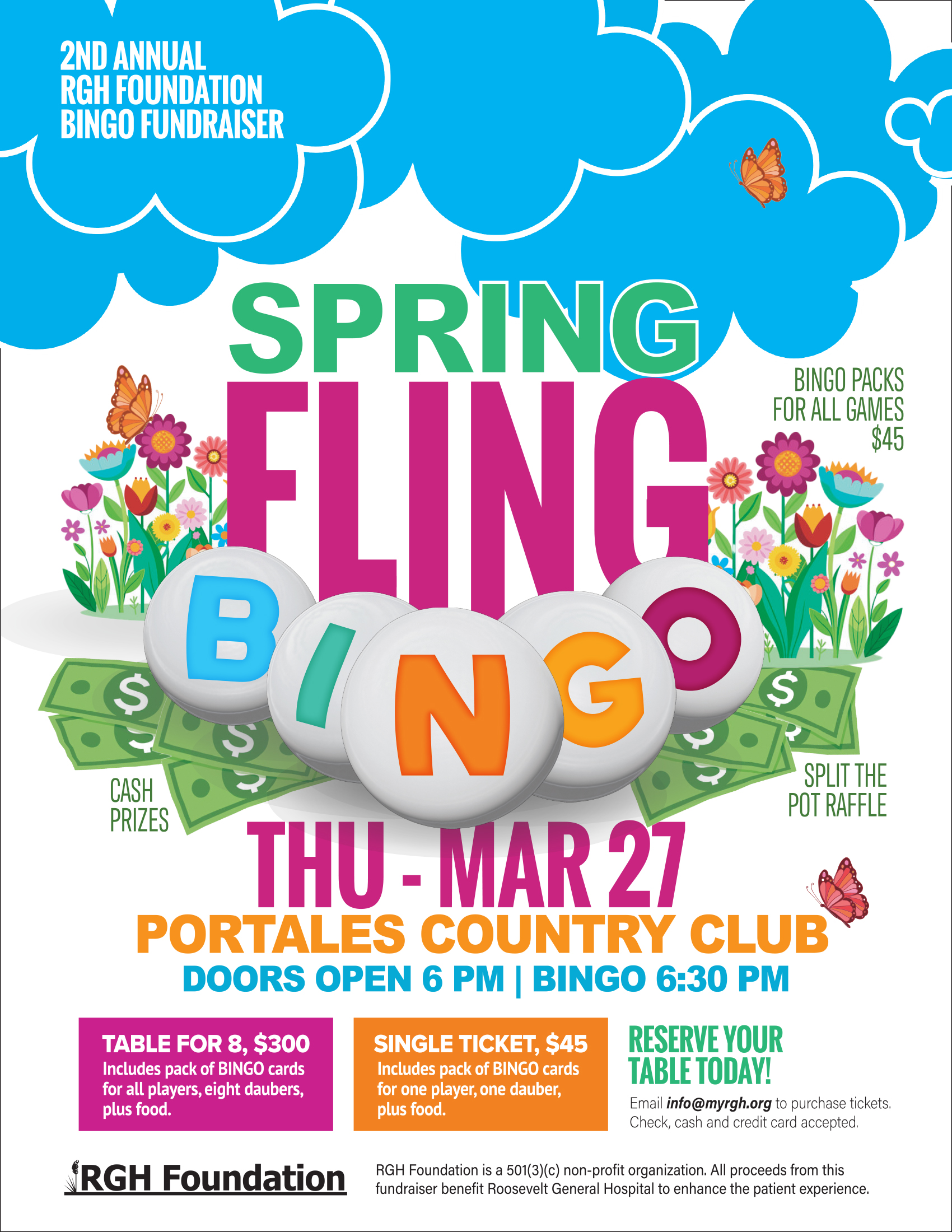via Women’s Medical Center July Newsletter
With temperatures climbing into the 100s this week, it’s important to be prepared for possible issues of sunstroke and heat exhaustion. Here are some tips to help keep you safe and healthy.
Heat exhaustion and heatstroke (also called sunstroke) are two potentially serious conditions that can occur if you get too hot.
Heat exhaustion is where you become very hot and start to lose water or salt from your body, which leads to the symptoms listed below and generally feeling unwell.
Heatstroke is where the body is no longer able to cool itself and a person’s body temperature becomes dangerously high (sunstroke is when this is caused by prolonged exposure to direct sunlight).
Heatstroke is less common, but more serious. It can put a strain on the brain, heart, lungs, liver and kidneys, and can be life-threatening.
If heat exhaustion isn’t spotted and treated early on, there’s a risk it could lead to heatstroke.
Tips to Prevent Heat Exhaustion and Sunstroke
- Stay out of direct sunlight. That means not going out in the hottest part of the day, which is typically 9 am to 4 pm
- Avoid enclosed spaces with no airflow. If you don’t have air conditioning, buy fans to help circulate air. You should also open the windows in the room, which will help you circulate more air as well.
- Drink plenty of fluids. One of the main reasons your body suffers from sunstroke is because it runs out of ways to cool itself. This happens when your body stops producing sweat, which is the way it naturally cools.Aim to drink at least a quart of fluids an hour, or a cup every 15 minutes.
What to do if you notice someone has heat exhaustion
▪ Get them to lie down in a cool place – such as a room with air conditioning or somewhere in the shade
▪ Remove any unnecessary clothing to expose as much of their skin as possible
▪ Cool their skin –use whatever you have available, such as a cool, wet sponge or flannel, cold packs around the neck and armpits, or wrap them in a cool, wet sheet
▪ Fan their skin while it’s moist – this will help the water to evaporate, which will help their skin cool down
▪ Get them to drink fluids – this should ideally be water, fruit juice or a rehydration drink, such as a sports drink
For more information, click here for an article from the Mayo Clinic.
If you have questions about heat exhaustion or sunstroke, call us at 575.762.8055








